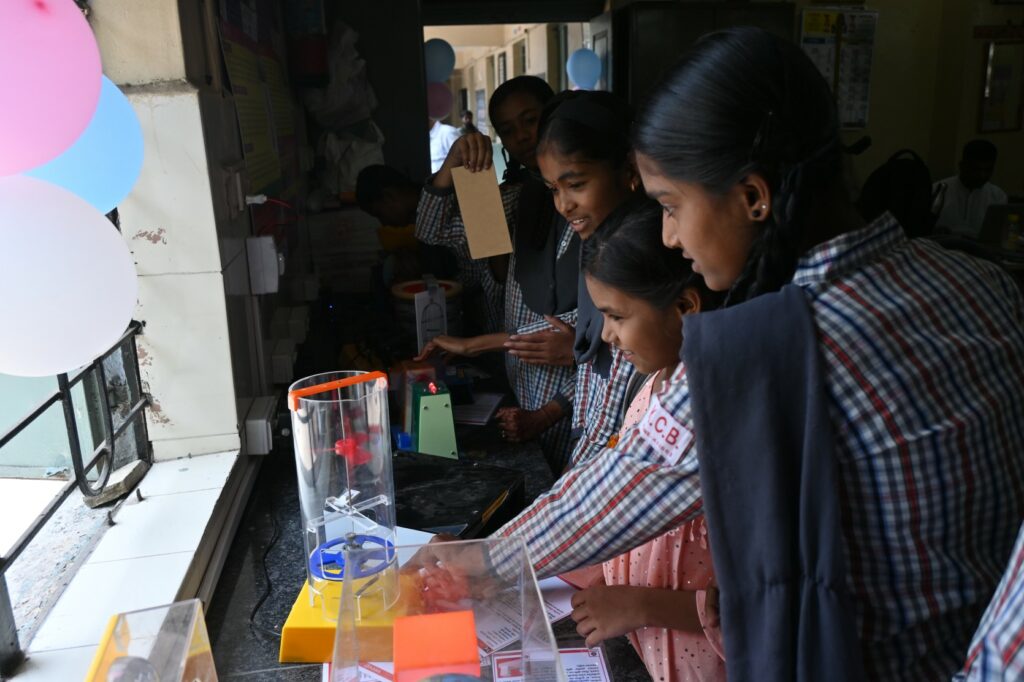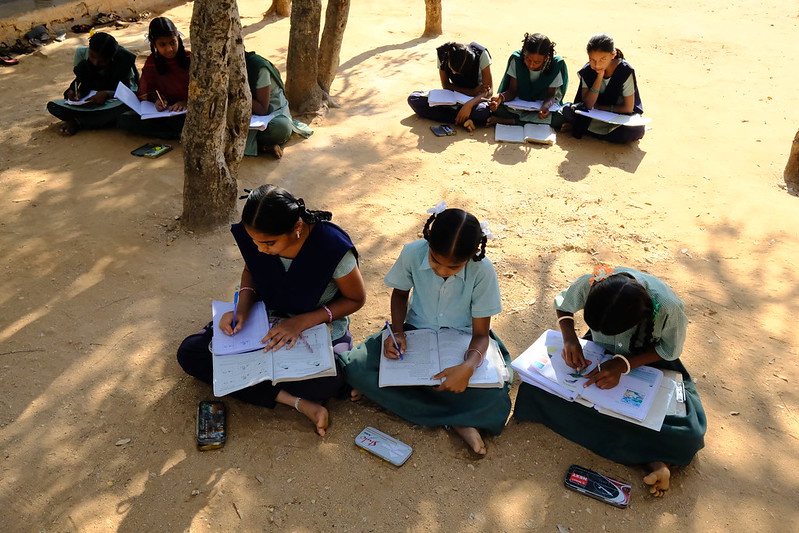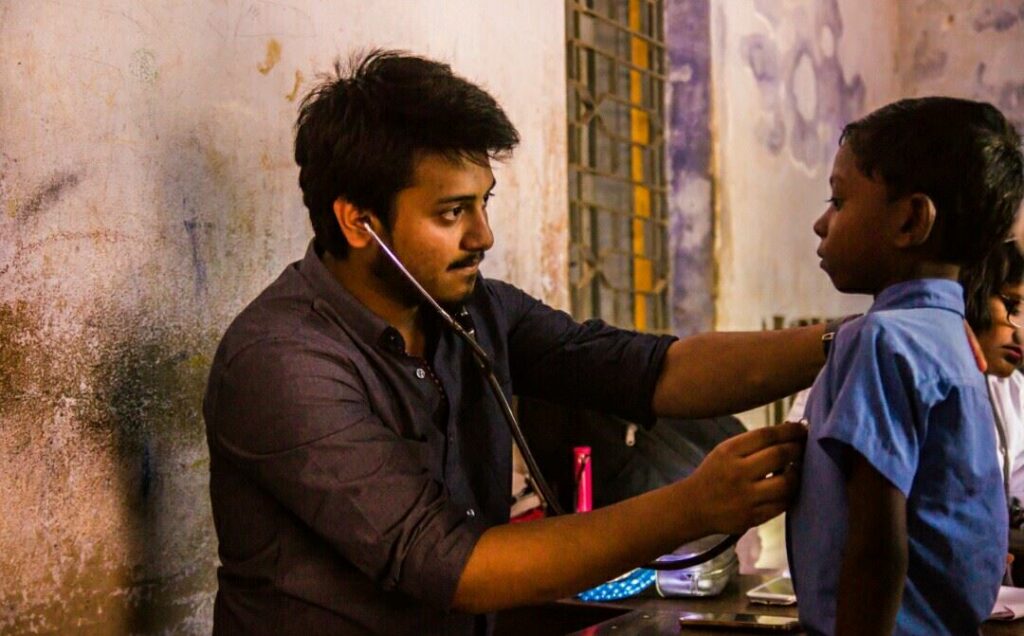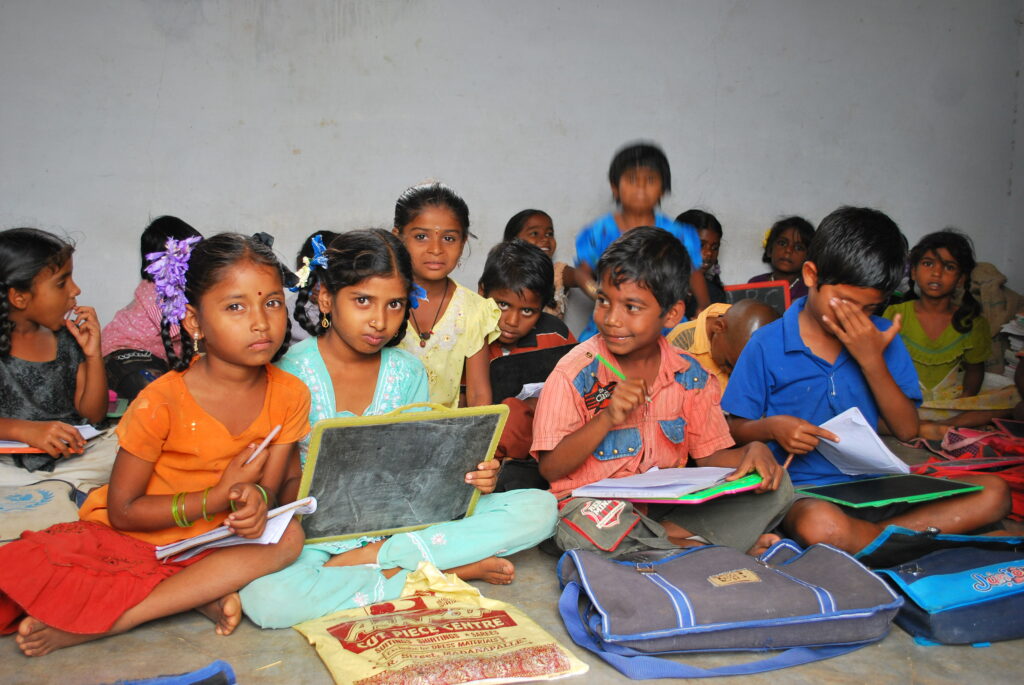
5 Benefits of Extracurricular Activities for Girls’ Personal and Academic Growth
Extracurricular activities can serve as a powerful tool for transforming the lives of girls in a society where they often face systemic challenges th....
Read MoreGender inequality in India stems from poverty, child marriage, lack of education, poor healthcare, and patriarchal norms. These root causes of gender inequality intensify gender issues in India, limiting girls’ access to education, healthcare, and leadership roles. CRY works to empower girls by promoting education, raising awareness, and ensuring equal opportunities for a brighter future.

Gender inequality is the unequal treatment or perception of people because of their gender. This inequality usually results from societal norms and deeply ingrained prejudices, in which one gender is held above the other, most frequently, discrimination against women and girls.
Examples of gender inequality:
1. Girls being excluded from education
2. Unequal pay for a man and a woman performing the same work
3. Fewer women in leadership positions in politics or business
Gender inequality in India is not only a women's problem; it impacts children, families, and communities by depriving equal opportunities and basic rights.
Undoubtedly, gender discrimination in society is a grave concern, and a host of personal, societal, and cultural aspects are at the core of this development. Our experts have found several causes of gender inequality in India, and some of them are discussed here:
Poverty stands as one of the primary causes of gender inequality in India. According to the World Bank, approximately 70% of the world's impoverished population is female. Poverty restricts access to education, healthcare, and economic opportunities, thereby reinforcing a vicious cycle.
Child marriage is another alarming aspect of gender inequality, disproportionately affecting girls. UNICEF estimates that 12 million girls are married before the age of 18 every year. Such practices hinder their personal development and perpetuate gender disparity across generations.
Lack of education is one of the key causes of gender inequality that significantly exacerbates the problem. UNESCO reports that 132 million girls are out of school globally, with less access to learning opportunities than boys. Right to education is crucial in empowering girls to make informed choices, pursue careers, and challenge societal norms.

Poor medical health also plays a pivotal role in maintaining gender discrimination in society. In regions with inadequate healthcare facilities, girls face higher maternal mortality rates, limited access to family planning, and health-related biases. These health gaps are among the significant causes of gender discrimination that hold back girls’ development.

Lack of awareness and ingrained patriarchal norms further contribute to gender inequality. When societies perpetuate gender stereotypes and discrimination, it becomes challenging to break free from the shackles of inequality.
Patriarchal norms hold back many girls from striving for their dreams by receiving a quality education, medical facilities and overall awareness for their well-being.
To address gender inequality effectively, we must tackle these interconnected causes of gender inequality and work towards establishing sustainable change patterns that will successfully eradicate this vicious cycle of gender inequality.
Also Read: Gender Inequality in Education in India
Gender issues in India today remain deeply embedded and widespread across many spheres of life. Gender-based violence, including domestic abuse and harassment, continues to threaten safety and dignity. Female literacy and school retention are still lower in rural areas, preventing girls from achieving their potential. There is a pronounced employment gap: women often receive unequal pay and face barriers to formal job opportunities. Healthcare inequality also persists, with many girls and women lacking access to essential services, making this a persistent barrier to progress. Furthermore, political underrepresentation and son preference remain problems. These gender issues in India reflect systemic bias that limits equality.
Gender Issues in India Today
Although the terms are used interchangeably most of the time, there is a difference between gender discrimination in India and gender inequality.
Gender Inequality
A systematic imbalance of rights, duties, or chances based on gender - Fewer women in authority
Gender Discrimination
A particular act of gender-based unfair treatment - A female student was denied admission to school simply because she's a girl.
Briefly, gender discrimination in India represents individual acts or behaviors, whereas gender inequality reflects the broader social situation that permits such behaviors to perpetuate.
Raising awareness about child rights and gender biases is the stepping stone to challenging societal norms. Providing equal opportunities in education, employment, and leadership roles has the ultimate potential to empower underprivileged and socially-suppressed girl children to thrive in all aspects of their lives. Promoting girl education is vital for breaking the cycle of gender disparity. Additionally, stringent child protection measures must be enforced to combat discrimination, violence, and harmful practices against girls. Addressing the causes of gender inequality directly ensures long-term, sustainable change.
We, at CRY, have been working towards bridging the gap and ensuring that young girls across India receive essential resources that help improve their mental, physical, and emotional development. Discrimination issues in India are deep-rooted and practiced for generations, and that is why they require long-term intervention, which we have been providing to underserved communities across India.
CRY aims to create a world where the girl child is celebrated and has access to equal opportunities to study, grow, and prosper as her male counterpart. Achieving gender equality in India is central to this mission.
CRY’s efforts to bring about a change in this situation include:
Be it education, health, protection, or participation, all girls deserve equal opportunities and an empowering environment to thrive. You can help CRY reach out to more girls and help make a difference in their lives to ensure they lead happier and healthier childhoods. Donate now to help promote the rights of young girls and address gender inequality in India.
While there are various factors for gender inequality in India, poverty stands as one of the primary drivers. It restricts access to education, healthcare, and economic opportunities for girls and women, thereby reinforcing a vicious cycle of discrimination. Child marriage is another alarming aspect that disproportionately affects girls, hindering their personal development and perpetuating gender disparity across generations. Moreover, lack of education and poor medical health deprives girls of the knowledge and resources to challenge societal norms and make informed choices.
Addressing gender discrimination in india requires a multi-pronged approach targeting the root causes. Providing equal opportunities in education, employment, and leadership roles can empower underprivileged and socially-suppressed girls to thrive. Promoting girl's education is vital for breaking the cycle of gender disparity and empowering them to make informed choices. Additionally, stringent child protection measures must be enforced to combat discrimination, violence, and harmful practices against girls.
Non-governmental organisations (NGOs) such as CRY India play a pivotal role in reducing gender issues in India. We work to remove gender biases by educating people and raising awareness, holding the government responsible for enforcing fair policies and laws, and getting communities involved in stopping gender-based problems. Also, we aim to create a world where girls have equal opportunities to study, grow, and prosper, free from discrimination and inequality.
Gender inequality limits girls’ access to education, healthcare, and opportunities, often pushing them into early marriage and low-paid work. This restricts their potential, reduces independence, and keeps them trapped in poverty. Without equal opportunities, many girls are denied the chance to shape their own futures.
When girls have equal access to education, they gain confidence, knowledge, and skills to participate fully in society. Education delays child marriage, increases economic independence, and challenges stereotypes. Promoting girls’ education ensures fairer opportunities, helping to break cycles of inequality and build stronger, more inclusive communities.
Gender inequality reduces women’s participation in the workforce, leading to lost productivity and economic potential. Unequal pay and limited opportunities prevent families and communities from improving their standard of living. Closing the gender gap could significantly boost India’s growth, creating a stronger and more balanced economy.
Deep-rooted patriarchal norms, son preference, child marriage, dowry traditions, and restrictions on women’s mobility reinforce gender inequality. These cultural attitudes undervalue girls’ education and opportunities, limiting their freedom and choices. Changing these norms through awareness, education, and empowerment is essential to achieving gender equality in India.